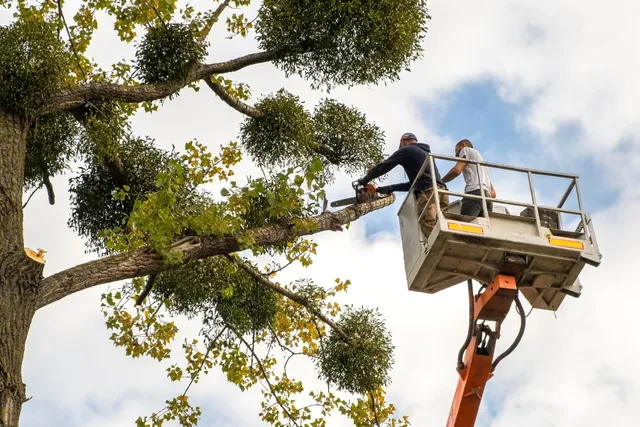How to Safely Handle Tree Damage to Your Virginia Property
Trees are necessary to any landscape, providing shade, beauty, and environmental benefits. However, when a tree or its branches come crashing down on your property, it can cause significant damage. This article explores the necessary steps to take after tree-related damage.
Assess the Situation
Knowing what to do when a tree falls on your Virginia home is the first step to handling the situation safely. Start by staying calm and assessing the damage from a safe distance. Check for immediate hazards, such as fallen power lines, gas leaks, or structural damage that may pose risks.
If you notice downed power lines, avoid going near them, as they can still be live and extremely dangerous. Ensure everyone in the household stays clear of the area and contact emergency services or utility providers to address any immediate threats. Once it is safe, document the damage with photos to assist with future insurance claims or repairs.
Prioritize Safety for Your Family and Property
Safety should always come first when dealing with fallen trees in Virginia. If the impact has caused significant damage, such as a collapsed roof or broken walls, evacuate the home immediately. Structural damage can make parts of the property unstable, increasing the risk of injury.
Inspect for any signs of gas leaks, like unusual smells or hissing sounds, and shut off the gas supply if necessary. Avoid using electrical appliances in case water has entered the damaged areas, as this increases the risk of electrical hazards.
Contact Your Insurance Provider
After securing the area and ensuring safety, the next step is to contact your insurance company in Virginia. Share specific details about the incident and the severity of the damage. Sending the photos you took earlier will help support your claim and expedite the process.
Most property insurance policies cover damage caused by falling trees, but the specifics depend on your coverage. Your provider will guide you on the steps required for repairs and reimbursements. Make sure to keep all receipts and records related to any emergency repairs, as these will be useful during the claims process.
Hire Experienced Professionals to Remove the Tree
Once the area is safe, it’s time to address the fallen tree and any related debris in Virginia. Removing a large tree can be dangerous without the proper experience and tools. Thus, it’s best to leave this task to experienced experts. Trained teams use equipment like chainsaws, lifts, and safety harnesses to handle even the most complex situations. Attempting to remove a tree on your own can result in injuries or additional property damage. Trusting professionals ensures the job is done safely and efficiently.
Repair Structural Damage
After removing the tree and debris, repairing the Virginia property should be a priority. Professionals in repair and restoration can inspect the affected areas and recommend the most effective solutions. For example, if the roof has been damaged during the incident, specialized roofing contractors can provide tailored repairs to restore integrity.
They may reinforce weakened areas, replace shingles, and ensure the structure can withstand future storms. Temporary measures, like tarping or boarding up damaged areas, can prevent additional issues while permanent fixes are underway. Regular maintenance and inspections after repairs can also help identify weak spots and protect your property during future weather events.
You may also read: Rise of Web3 Payments
Knowing what to do when a tree falls on your Virginia home is essential. Such situationscan be made much easier if one follows the right steps. Property owners can recover quickly and efficiently by prioritizing safety, contacting their insurance providers, and working with experienced professionals. Taking the right steps ensures minimal damage, restoring safety and peace of mind for you and your family.

